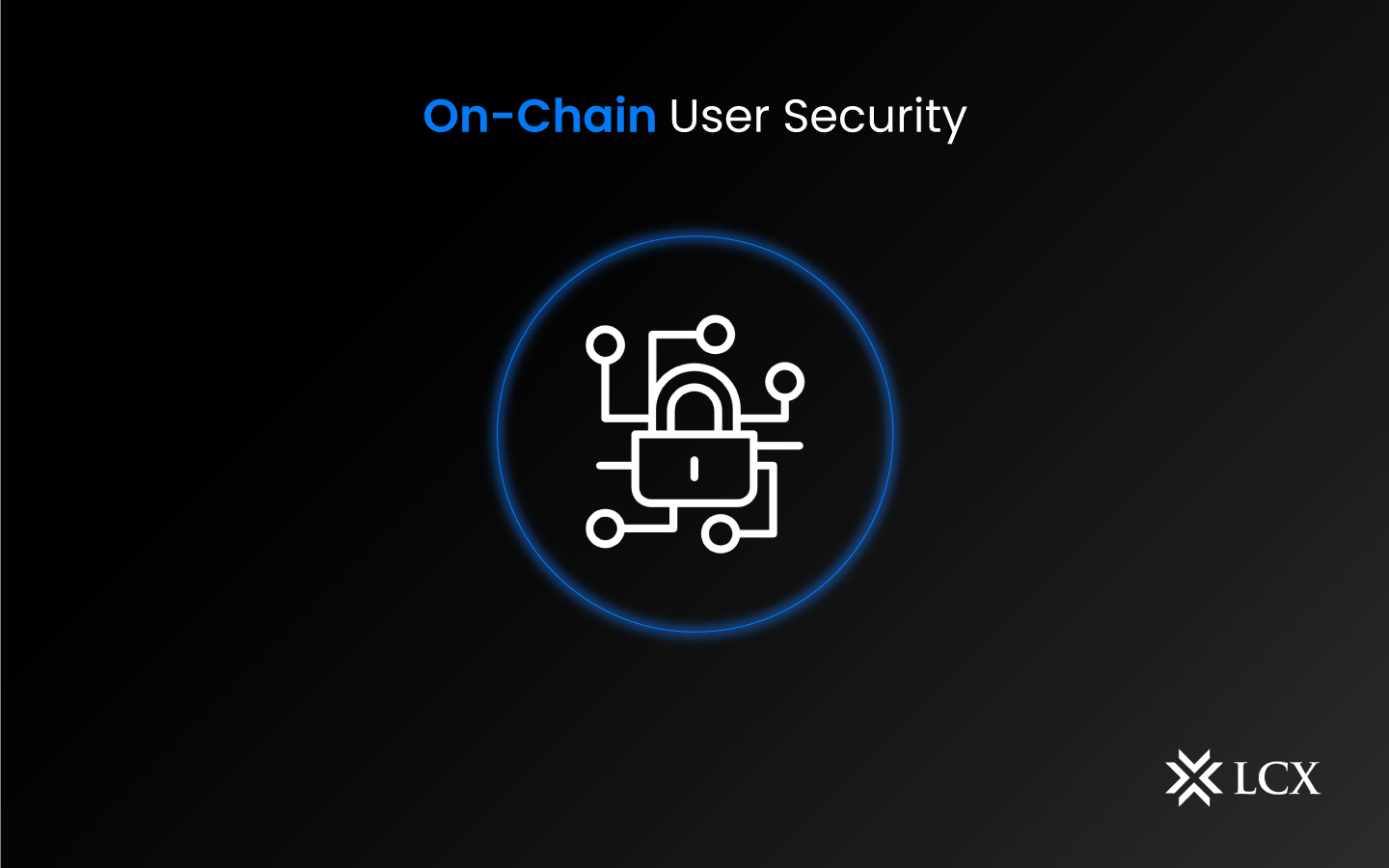Cryptocurrency has come a long way since its inception and has been gaining widespread popularity as a medium of exchange. Despite the many benefits that come with cryptocurrencies, the lack of user security has been one of the biggest obstacles to widespread adoption. This article will discuss the concept of on-chain user security, how it works, and the various measures that users can take to ensure the security of their digital assets.
On-chain user security refers to the security measures that are built into the cryptocurrency’s blockchain network to protect users and their assets. These security measures are designed to prevent hacking, theft, and other forms of unauthorized access to user funds.
How does On-Chain security work?
On-chain user security works by using cryptographic algorithms to secure the transactions that take place on the blockchain network. These algorithms ensure that the transactions are immutable, meaning that once a transaction has been recorded on the blockchain, it cannot be altered or deleted. Additionally, on-chain user security also employs decentralized consensus mechanisms to validate transactions and prevent fraudulent activity.
What measures can traders use to enhance On-chain user security?
There are various measures that users can take to ensure the security of their digital assets on the blockchain. Some of these measures include:
- Two-Factor Authentication (2FA): Two-factor authentication is a security measure that requires users to provide two pieces of information to access their accounts. This can be a password and a one-time code sent to the user’s phone or a hardware device such as a security key. Learn how LCX keeps the user funds secure with 2FA.
- Secure wallet: A secure wallet is a critical component of on-chain user security. Users should choose a reputable wallet provider that offers advanced security features such as biometric authentication and hardware wallet integration.
- Private keys: Private keys are the keys to accessing a user’s cryptocurrency assets on the blockchain. Users should keep their private keys secure and never share them with anyone.
- Avoid Public Wi-Fi: Users should avoid accessing their cryptocurrency accounts on public Wi-Fi networks as they are vulnerable to hacking and other security threats.
- Regular Backups: Regular backups of private keys and seed phrases can help users recover their assets in the event of theft or loss.
In Conclusion
On-chain user security is a critical aspect of cryptocurrency that users need to take seriously. By implementing the measures discussed in this article, users can ensure the security of their digital assets and prevent unauthorized access to their funds. As the cryptocurrency industry continues to grow, we can expect to see even more advanced security measures introduced to protect users and their assets.









